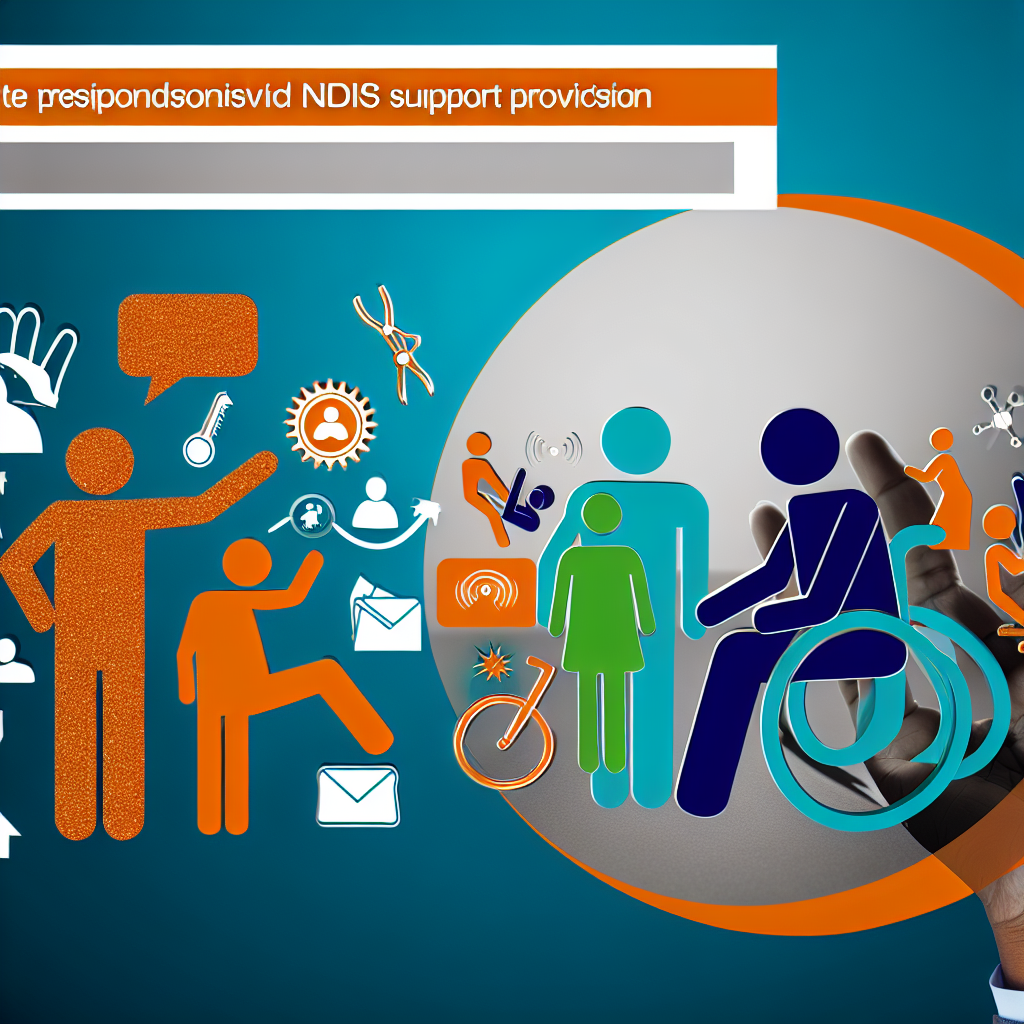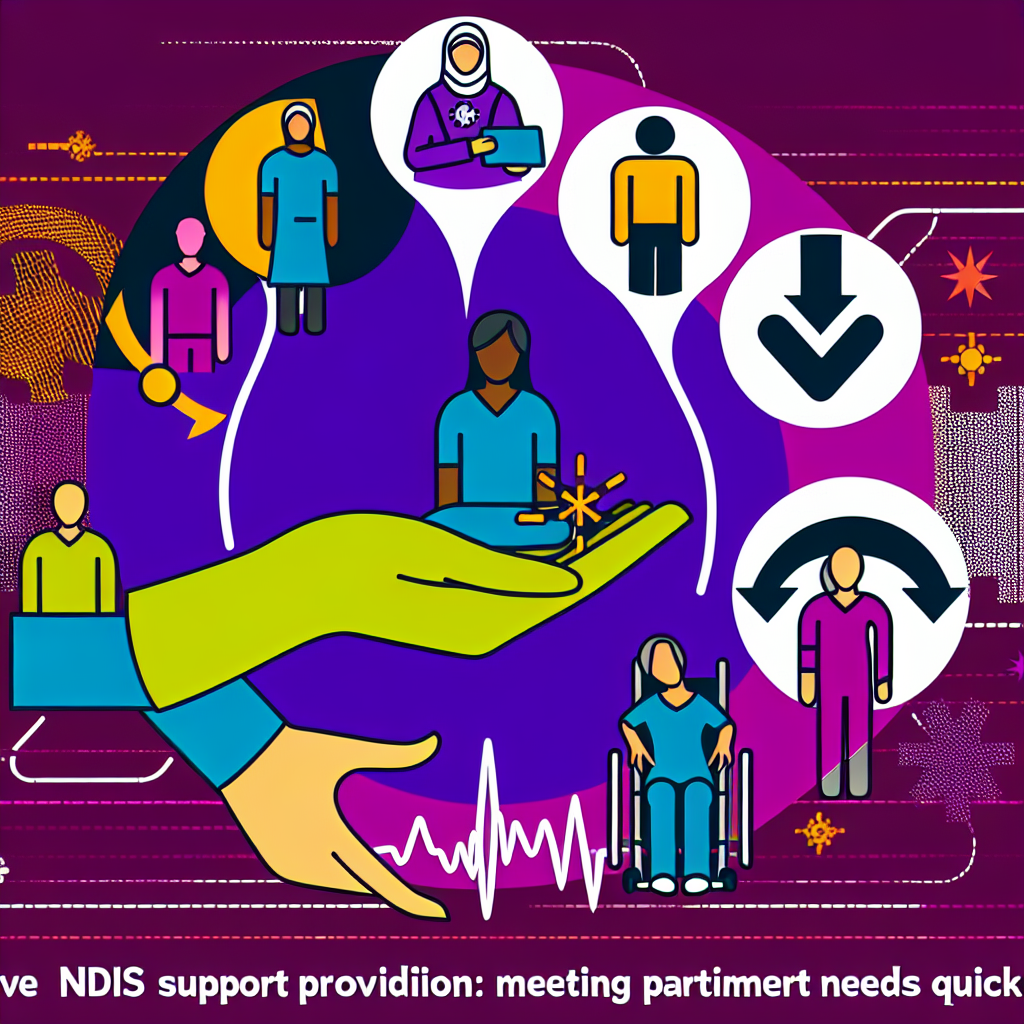What’s New in NDIS Market Indicators and Provider Data?
The National Disability Insurance Scheme (NDIS) plays a critical role in supporting Australians with disabilities by providing funding for essential services and supports. As the NDIS landscape continues to evolve, understanding the latest market indicators and changes in provider data is crucial for participants, service providers, and policymakers alike. This blog post aims to shed light on what’s new in NDIS market indicators and provider data, offering insights into trends and developments impacting the sector.
Understanding NDIS Market Indicators
NDIS market indicators provide crucial insights into the supply and demand balances within the disability services sector. As these indicators evolve, they inform stakeholders about the effectiveness of the market in delivering necessary services to participants. Let’s explore some of the significant developments in these indicators.
1. Enrollment and Participant Growth
The NDIS has seen a consistent rise in the number of enrolled participants, which reflects the scheme’s expanding reach. As of the latest reports, over 500,000 Australians benefit from NDIS funding. This growth underscores the importance of continuous market analysis to ensure that services are adequately meeting the needs of new and existing participants.
2. Service Provider Trends
The diversity and number of service providers within the NDIS ecosystem are critical market indicators. In recent times, there has been an increase in specialized service providers, reflecting the need for tailored support that addresses specific disabilities. The rise of technology-based solutions has also been significant, with many providers adopting innovative approaches to deliver services remotely.
New Trends in Provider Data
The NDIS regularly updates its data on service providers, which reflects the dynamic changes occurring within the sector.
1. Increased Transparency and Data Access
Recent enhancements in provider data accessibility aim to improve transparency and empower participants to make informed decisions about their service choices. The NDIS Provider Finder tool has become a pivotal resource, offering participants detailed information about provider availability, services offered, and reviews from other participants.
2. Geographic Coverage and Service Gaps
One of the newer insights from provider data is the identification of geographic locations with service gaps. Urban areas generally have adequate provider availability, but many regions, particularly rural and remote areas, remain underserved. Addressing these disparities is a focus area for the NDIS, aiming to enhance equitable access to services.
The Impact of COVID-19 on NDIS Market Indicators and Providers
The COVID-19 pandemic has had a notable impact on the NDIS market and provider operations. Here are some aspects to consider:
1. Shift to Online and Remote Services
With social distancing requirements and health concerns, many service providers shifted to online platforms to continue delivering essential supports. This transition to digital mediums not only ensured continued service delivery during lockdowns but also opened new avenues for remote therapy and telehealth services, which have remained popular post-pandemic.
2. Financial Impact and Sustainability
Providers faced financial challenges due to fluctuating demand and increased operational costs related to pandemic precautions. However, government support initiatives and a resilient community have helped stabilize the sector, with a renewed focus on long-term sustainability and innovation.
Key Takeaways and Future Outlook
The NDIS continues to evolve, and staying informed about market indicators and provider data changes is crucial for navigating the future landscape. As the number of participants grows, the NDIS must address service delivery challenges, particularly in underserved areas.
Moreover, embracing technology will continue to be at the forefront, enabling providers to reach participants more effectively and efficiently. Continued transparency and data availability will empower participants to make informed decisions about their care, fostering a competitive and responsive provider ecosystem.
Ultimately, the NDIS market’s dynamic nature requires ongoing adaptation and collaboration between all stakeholders to ensure it continues to meet the needs of Australians with disabilities effectively.
Conclusion
The latest trends in NDIS market indicators and provider data reflect a sector in transition—geared towards innovation, inclusivity, and efficiency. By understanding these changes and staying informed, participants, providers, and policymakers can contribute to a more equitable and responsive NDIS landscape.
As we look to the future, it will be essential to continue monitoring these indicators and adapting strategies to ensure the NDIS remains a robust and reliable support system for people with disabilities across Australia.




